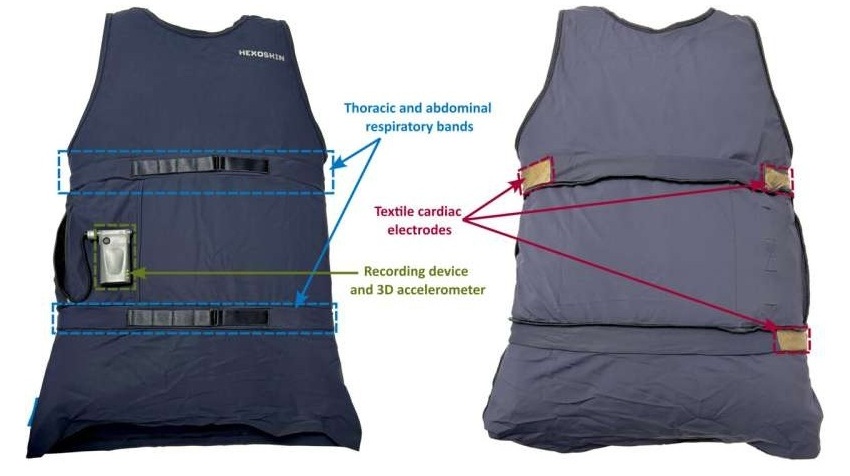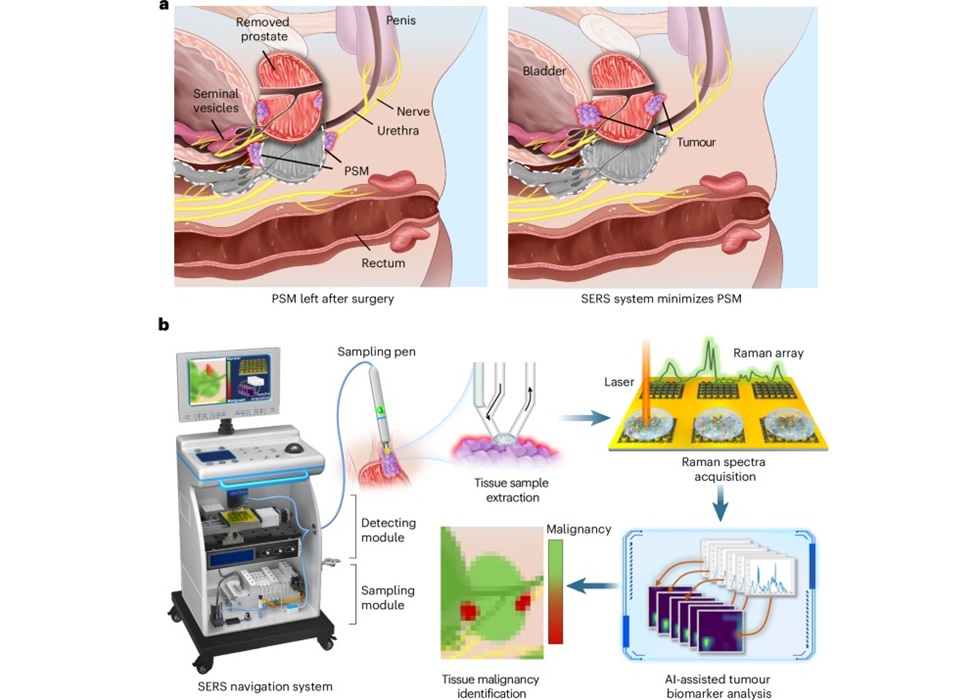Skin-Like Electronics Paired with AI Could Become Game Changer in Health Monitoring and Diagnosis
|
By HospiMedica International staff writers Posted on 22 Nov 2022 |
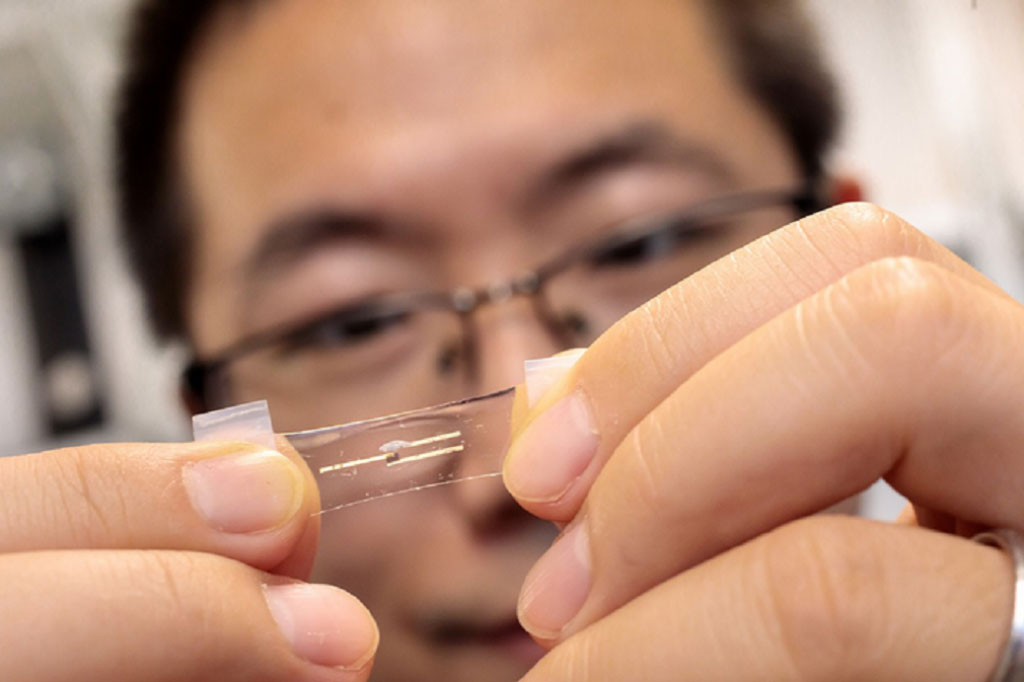
Flexible, wearable electronics are making their way into everyday use, and their full potential is still to be realized. Soon, this technology could be used for precision medical sensors attached to the skin, designed to perform health monitoring and diagnosis. It would be like having a high-tech medical center at your instant beck and call. Worn routinely, future wearable electronics could potentially detect possible emerging health problems - such as heart disease, cancer or multiple sclerosis - even before obvious symptoms appear.
Such a skin-like device is being developed in a project between the U.S. Department of Energy’s (DOE) Argonne National Laboratory (Lemont, IL, USA) and the University of Chicago’s Pritzker School of Molecular Engineering (PME, Chicago, IL, USA). The device could also do a personalized analysis of the tracked health data while minimizing the need for its wireless transmission. Such a device would need to collect and process a vast amount of data, well above what even the best smartwatches can do today. And it would have to do this data crunching with very low power consumption in a very tiny space.
To address that need, the team called upon neuromorphic computing. This AI technology mimics operation of the brain by training on past data sets and learning from experience. Its advantages include compatibility with stretchable material, lower energy consumption and faster speed than other types of AI. The other major challenge the team faced was integrating the electronics into a skin-like stretchable material. The key material in any electronic device is a semiconductor. In current rigid electronics used in cell phones and computers, this is normally a solid silicon chip. Stretchable electronics require that the semiconductor be a highly flexible material that is still able to conduct electricity.
The team’s skin-like neuromorphic “chip” consists of a thin film of a plastic semiconductor combined with stretchable gold nanowire electrodes. Even when stretched to twice its normal size, their device functioned as planned without formation of any cracks. As one test, the team built an AI device and trained it to distinguish healthy electrocardiogram (ECG) signals from four different signals indicating health problems. After training, the device was more than 95% effective at correctly identifying the ECG signals. The plastic semiconductor also underwent analysis on beamline 8-ID-E at the Advanced Photon Source (APS), a DOE Office of Science user facility at Argonne. Exposure to an intense X-ray beam revealed how the molecules that make up the skin-like device material reorganize upon doubling in length. These results provided molecular level information to better understand the material properties.
“The planned upgrade of the APS will increase the brightness of its X-ray beams by up to 500 times,” said Joe Strzalka, an Argonne physicist. “We look forward to studying the device material under its regular operating conditions, interacting with charged particles and changing electrical potential in its environment. Instead of a snapshot, we’ll have more of a movie of the structural response of the material at the molecular level.” The greater beamline brightness and better detectors will make it possible to measure how soft or hard the material becomes in response to environmental influences.
“While still requiring further development on several fronts, our device could be a game changer in which everyone can get their health status in a much more effective and frequent way,” added Sihong Wang, assistant professor in UChicago’s PME with joint appointment in Argonne’s Nanoscience and Technology division. “While still requiring further development on several fronts, our device could one day be a game changer in which everyone can get their health status in a much more effective and frequent way.”
Related Links:
Argonne National Laboratory
PME
Channels
Critical Care
view channel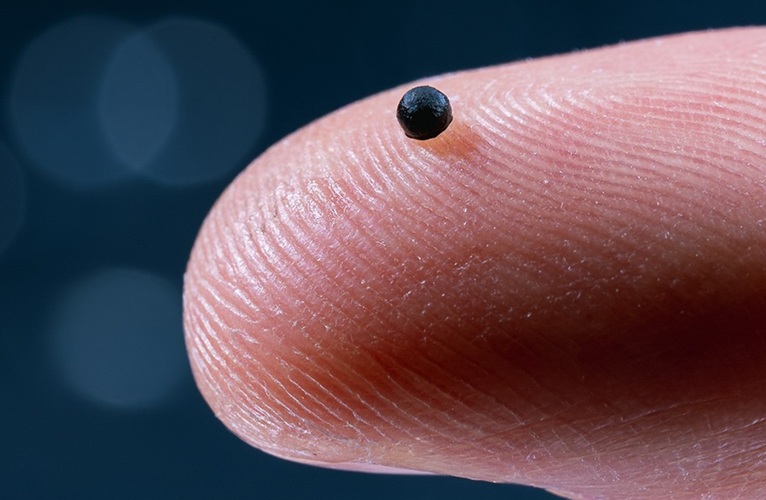
Magnetically Guided Microrobots to Enable Targeted Drug Delivery
Stroke affects 12 million people globally each year, often causing death or lasting disability. Current treatment relies on systemic administration of clot-dissolving drugs, which circulate throughout... Read more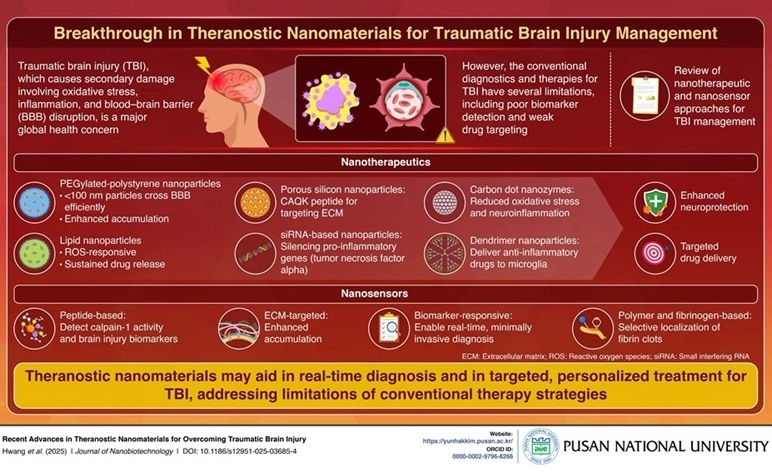
Smart Nanomaterials Detect and Treat Traumatic Brain Injuries Simultaneously
Traumatic brain injury (TBI) continues to leave millions with long-term disabilities every year. After a sudden impact from a fall, collision, or accident, the brain undergoes inflammation, oxidative stress,... Read more
Earlier Blood Transfusion Could Reduce Heart Failure and Arrhythmia in Heart Disease Patients
Blood loss during or after surgery can place significant stress on people with heart disease, increasing the risk of dangerous complications. Transfusions are often delayed until hemoglobin levels fall... Read moreSurgical Techniques
view channel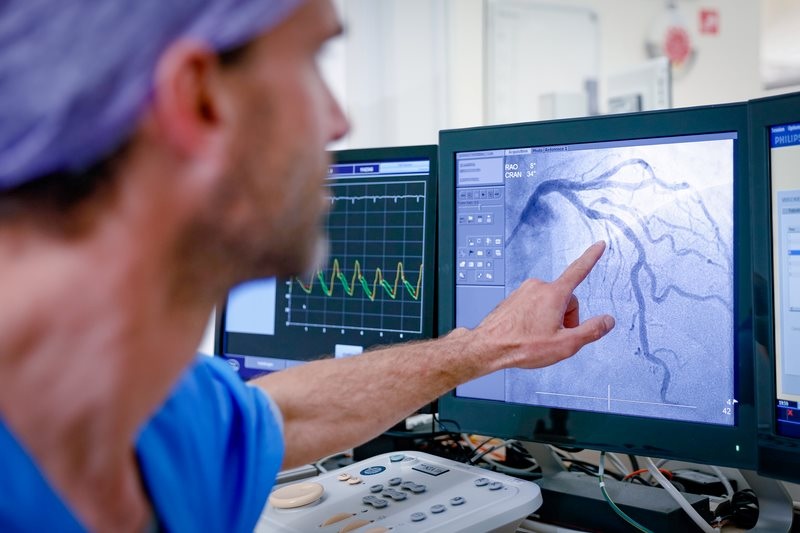
New Study Findings Could Halve Number of Stent Procedures
When a coronary artery becomes acutely blocked during a heart attack, opening it immediately is essential to prevent irreversible damage. However, many patients also have other narrowed vessels that appear... Read more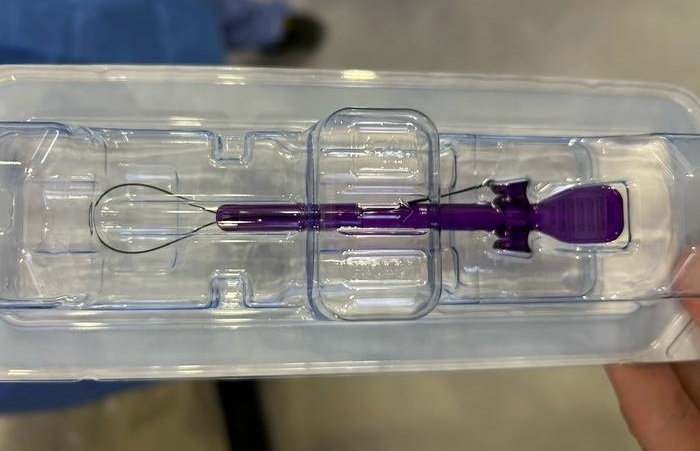
Breakthrough Surgical Device Redefines Hip Arthroscopy
Hip arthroscopy has surged in popularity, yet surgeons still face major mechanical constraints when navigating deep joint spaces through traditional cannulas. Limited tool mobility and the need for an... Read morePatient Care
view channel
Revolutionary Automatic IV-Line Flushing Device to Enhance Infusion Care
More than 80% of in-hospital patients receive intravenous (IV) therapy. Every dose of IV medicine delivered in a small volume (<250 mL) infusion bag should be followed by subsequent flushing to ensure... Read more
VR Training Tool Combats Contamination of Portable Medical Equipment
Healthcare-associated infections (HAIs) impact one in every 31 patients, cause nearly 100,000 deaths each year, and cost USD 28.4 billion in direct medical expenses. Notably, up to 75% of these infections... Read more
Portable Biosensor Platform to Reduce Hospital-Acquired Infections
Approximately 4 million patients in the European Union acquire healthcare-associated infections (HAIs) or nosocomial infections each year, with around 37,000 deaths directly resulting from these infections,... Read moreFirst-Of-Its-Kind Portable Germicidal Light Technology Disinfects High-Touch Clinical Surfaces in Seconds
Reducing healthcare-acquired infections (HAIs) remains a pressing issue within global healthcare systems. In the United States alone, 1.7 million patients contract HAIs annually, leading to approximately... Read moreHealth IT
view channel
EMR-Based Tool Predicts Graft Failure After Kidney Transplant
Kidney transplantation offers patients with end-stage kidney disease longer survival and better quality of life than dialysis, yet graft failure remains a major challenge. Although a successful transplant... Read more
Printable Molecule-Selective Nanoparticles Enable Mass Production of Wearable Biosensors
The future of medicine is likely to focus on the personalization of healthcare—understanding exactly what an individual requires and delivering the appropriate combination of nutrients, metabolites, and... Read moreBusiness
view channel
Philips and Masimo Partner to Advance Patient Monitoring Measurement Technologies
Royal Philips (Amsterdam, Netherlands) and Masimo (Irvine, California, USA) have renewed their multi-year strategic collaboration, combining Philips’ expertise in patient monitoring with Masimo’s noninvasive... Read more
B. Braun Acquires Digital Microsurgery Company True Digital Surgery
The high-end microsurgery market in neurosurgery, spine, and ENT is undergoing a significant transformation. Traditional analog microscopes are giving way to digital exoscopes, which provide improved visualization,... Read more
CMEF 2025 to Promote Holistic and High-Quality Development of Medical and Health Industry
The 92nd China International Medical Equipment Fair (CMEF 2025) Autumn Exhibition is scheduled to be held from September 26 to 29 at the China Import and Export Fair Complex (Canton Fair Complex) in Guangzhou.... Read more











